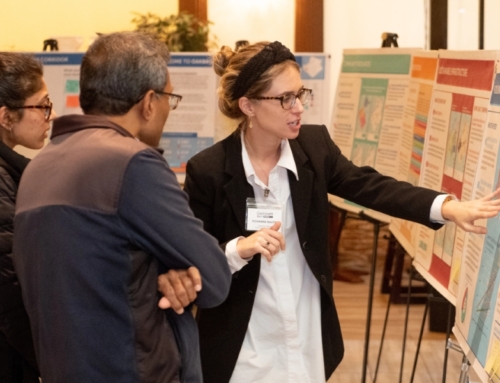Campus Planning: A Holistic Approach
Woody Giles, at TSW, recently shared his thoughts on a holistic approach to campus planning in a blog post for the Society for College and University Planning (SCUP). In the post, Giles emphasizes the importance of considering multiple factors when planning and designing college and university campuses.
Giles begins by noting that traditional approaches to campus planning often prioritize aesthetics over functionality, resulting in campuses that are beautiful but not necessarily practical. He argues that a more holistic approach, which takes into account a range of factors such as sustainability, accessibility, and social equity, can lead to more livable and sustainable campuses.
One of the key components of a holistic approach to campus planning is the integration of sustainability principles. Giles notes that colleges and universities have a unique opportunity to promote sustainability and reduce their carbon footprint, given their role in educating the next generation of leaders and the large amount of resources they consume. He suggests that campuses can incorporate sustainability principles into their planning and design by prioritizing pedestrian and bicycle infrastructure, promoting renewable energy sources, and incorporating green infrastructure into their landscapes.
Another important factor in holistic campus planning is accessibility. Giles emphasizes the need to create campuses that are accessible to all, regardless of physical abilities or socioeconomic status. This can be achieved through the use of universal design principles, which prioritize accessibility and inclusivity in all aspects of campus planning and design.
Finally, Giles highlights the importance of social equity in campus planning. He notes that colleges and universities have a responsibility to create campuses that promote diversity and inclusion, both in terms of their physical spaces and their programs and policies. This can be achieved through the use of participatory planning processes, which engage community stakeholders in the planning and design process, and the creation of spaces that are welcoming and inclusive to all.
In conclusion, Woody Giles’ post for the SCUP blog emphasizes the importance of taking a holistic approach to campus planning. By considering a range of factors such as sustainability, accessibility, and social equity, colleges and universities can create campuses that are both beautiful and functional, promoting the well-being of students, faculty, and staff. TSW’s expertise in planning and design can help colleges and universities to achieve their goals of creating sustainable and livable campuses.
To read the entire post, go to the SCUP blog.






